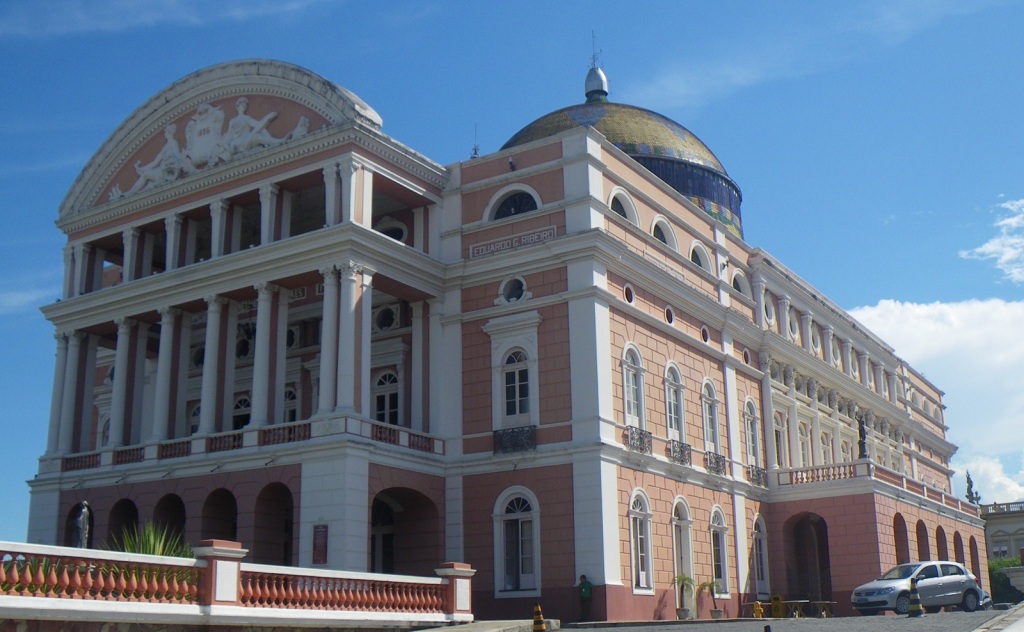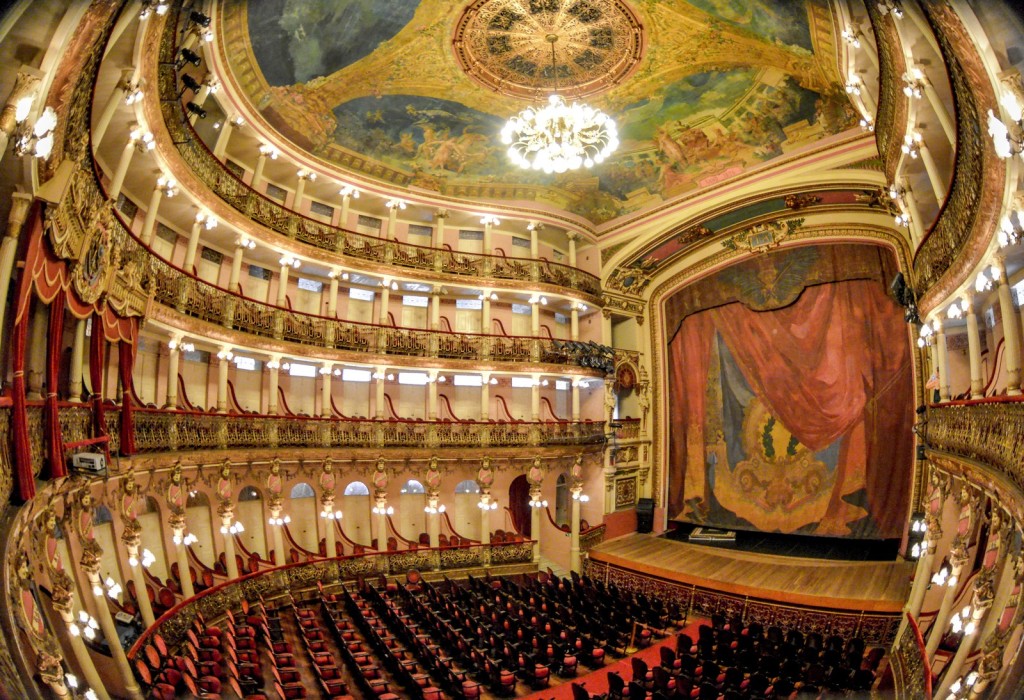
Reading this week:
- The Tragedy of the Stupid Nation by Max-Landry Kassaï
So lately, I have been watching a lot of Look Mum No Computer videos. I like him a lot. I’m not actually all that into his music or performances or what have you, but I like his energy and I like his enthusiasm for making all sorts of wacky stuff. He always ends his videos by saying “don’t be afraid to try it,” which is a nice and inspiring and uplifting message. Like I just said, I’m not actually all that into his particular brand of music, but on one of his videos he suggested that anyone who was just starting to get into doing the sorts of stuff he was doing should start with the Atari Punk Console Atari Punk Console.
I didn’t actually bother to read the ad copy all that closely, but I think it is called that because it uses the same chip or something as the Atari did, or at the very least is designed to make kinda low-fi 8-bit sorta sounds. It seemed like a simple little project to make, and looked like a fun opportunity to test out my soldering skills. Although I bought a soldering iron last fall in anticipation of building a boat with my 3D printer, I hadn’t actually had a reason to use it until I put this little project together. I learned to solder way back when I was but a wee little lad as part of a I think 7th grade science fair project which didn’t actually go all that well, but since then I think the only time I have put my soldering skills to the test was in 2016 when I added a battleshort switch to a toaster. So I bought a kit from Synthrotek, and away I went.

The picture at the very top is my little desktop soldering setup along with some of the parts from the project. The kit gave you all the parts you need, and in fact some extra. I clicked the option for 3.5mm jacks on the website, but they also sent along the 1/4″ jacks as well. I only wound up using one 3.5mm jack, because the other two jacks they provide are for control voltages, but I have nothing else to control this thing with and nothing else to control. So I skipped those, along with the 9V DC jack they provide, opting to rely entirely on battery power. The whole point of this thing was mostly the fun of putting it together (and writing this blog post I suppose), so I wound up doing a pretty simple version.
It’s times like these I like having a jeweler’s eye loupe, which is pictured above and which I got years ago for Christmas after asking for one. It is handy for looking at tiny things, like the writing on capacitors, and throws people off when you manage to time things right and bust it out when looking at jewelry. When putting it together, I started with the IC chip holder, which went stunningly smooth and probably unfairly bolstered my confidence in this project. At the bottom of this post you can see the bottom of the board and judge my soldering for yourself. I assembled it over two sessions, because the other part of this project is that I wanted to design and print up a little case for it, and I needed to partially assemble it to figure out what that case was going to look like and then figure out how I was going to attach the rest of the components.

You can see the case above, mid-assembly. I’m pretty happy with it, because it works pretty much as designed, though I have already thought of a lot of improvements to it. I wound up needing to enlarge some of the holes and also sanding down the PCB to fit where I wanted it. I designed it to be held by two rails, into which you see it slotted in the above photos. Then a separate holder bar gets inserted which the PCB slides down into a bit, locking the whole thing in place. The LED leads I had to bend just right so that it stuck out the top of the board when the whole thing was assembled. Because I was worried about maneuverability of the board holder bit, I cut the wires longer than I think the kit intended (they just gave you a single long piece of wire and you had to cut it down yourself), which meant I ran out of wire. I was going to use some thick automotive wire for the on/off switch and the headphone jack until I remembered I had some smaller pieces from an electronics part kit I had previously purchased, again for that boat I gotta get back around to.

After installing the switches and knobs into my case and fitting the whole thing up, I installed the back part of the case which held the PCB, put in the battery, turned it on, and… it didn’t work. This was obviously somewhat frustrating. It had worked when I first soldered everything together, before stuffing it into my little case (by the way, next time I’ll figure out how to do labels better), so something must have gone wrong in the assembly. I pulled it back out but nothing was obviously wrong. I bought another 9V hoping that the one I was using had just died suddenly or something, but the new 9V didn’t help. Having an additional 9V battery did allow me to use my multimeter to try to see what was going wrong with it, but the multimeter also didn’t help me do any diagnostics.
In the great diagnostic tradition, I spent some time just fiddling with it, after having removed the PCB from it’s holder slot thingy. At one point, it suddenly worked again, and I realized what had done it was my finger on the back bridging one of the connections. I figured that I must have damaged the PCB somehow (bad soldering job I guess), and so I took a small piece of one strand of that automotive wire I mentioned earlier and using some dodgy early morning soldering bridged the gap so I could take my finger off duty:

After that it worked great! I reassembled my little case and played with it a bit and then forced my super amazing girlfriend, who was clearly busy doing other things, to give it a go so I could show that I Made Something and that I was Very Proud of it. She gamely twisted the knobs a bit and acted impressed. I was quite happy!
Just to show off one other little project I was working on recently, I have also been enjoying videos by Unnecessary Inventions. One project of his I particularly liked was the Candle Cannon. I liked it because it was based off the AirZooka, which I had as a kid and thoroughly enjoyed, and because it looked doable on my little 3D printer. Like my Atari Punk Console case above, as soon as I printed one off I immediately thought of a bunch of improvements, but this time I actually did print off the second version, seen below. The balloon that Unnecessary Inventions uses is the far better way to implement this project, but I didn’t have any balloons, so I had to pursue a different design closer to the AirZooka using rubber bands and plastic sheeting from a shopping bag. I am particularly proud of the locking ring that holds the bag in place, because it works way better than I thought it would. This inappropriately named finger blaster is not very powerful at all, but like the version it was inspired by it managed to blow out my roommate’s candle in an op-test. So without further ado, here ya go:

















You must be logged in to post a comment.